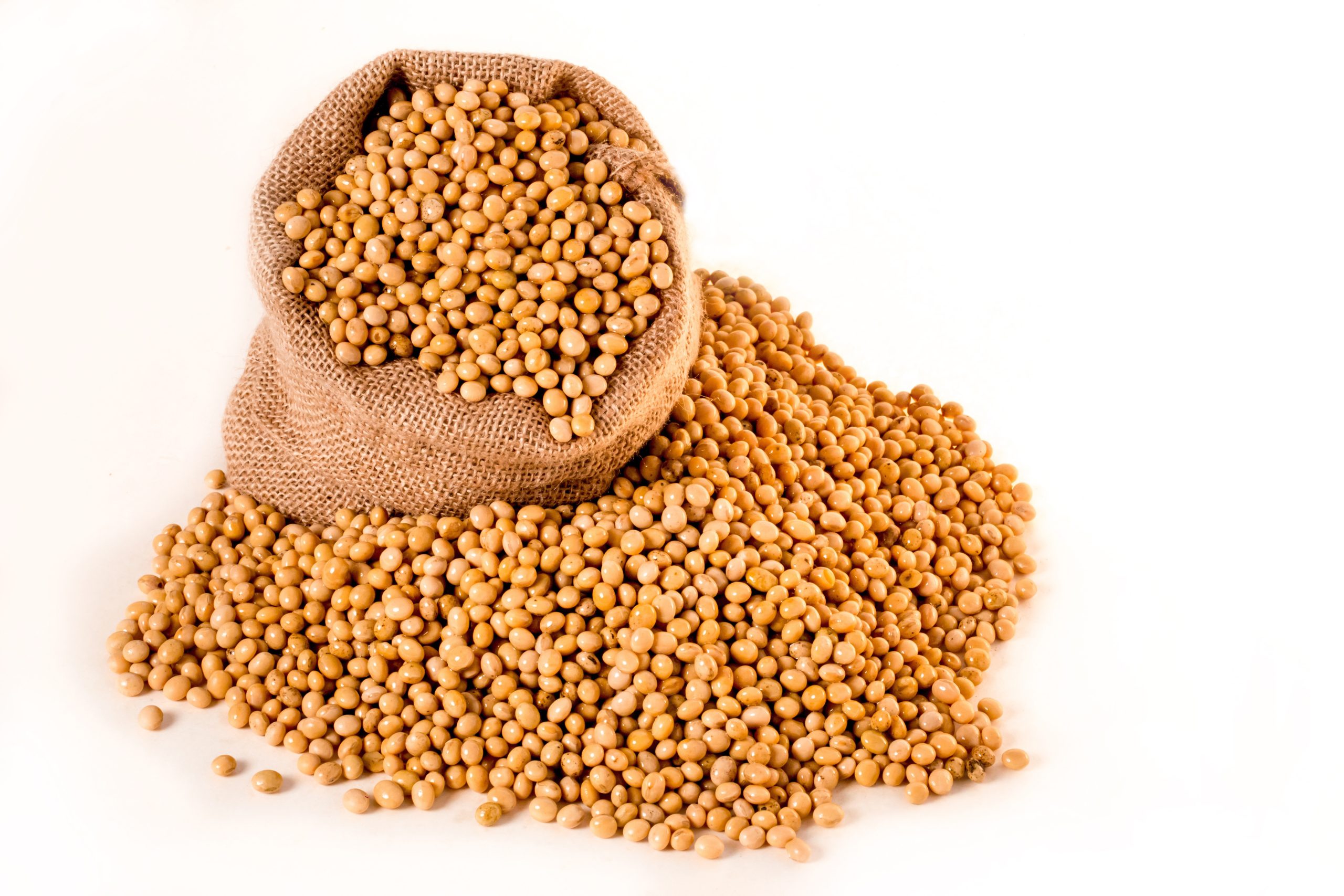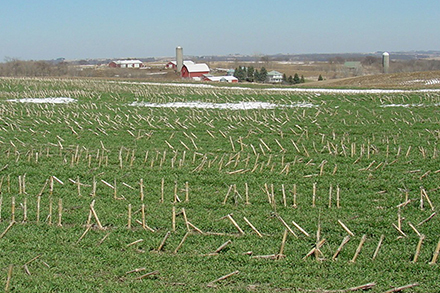The American Soybean Association is sounding an alarm about what it says are too-restrictive proposals for pesticide use by the Environmental Protection Agency.
The complex patchwork of restrictions or mitigation of pesticides, as well as land use, bundles together a list of 27 plant, animal and insect species, with new detailed restrictions and practices for each one. Taken together, the proposals could impose unsustainable burdens on producers.
The bottom line, says the ASA, is this: “EPA’s proposed broad approach to [Endangered Species Act] compliance will likely result in hundreds of thousands to millions of acres of farmland being removed from production due to an outright inability to use pesticides or the cost of mitigations exceeding the agricultural productivity of the land.”
EPA is being squeezed between its normally slow procedures for investigating, regulating and approving individual pesticides and the courts, where it has lost numerous lawsuits filed by environmental groups claiming it has not done enough to protect endangered species by banning or restricting a range of pesticides. EPA has court-determined deadlines to complete 18 reviews over the next six years.
The agency has concluded that this workload will put it “at capacity” even before any other potential court-ordered Endangered Species Act evaluations are imposed on them. “Simply put, the current situation under ESA for pesticide registration is untenable given the resources available to do the evaluations,” according to the report for ASA by chief economist Scott Gerlt. Under the terms of a recent court settlement, it has until Dec. 30 to determine if modifications should be made to its proposals, and until Sept. 30, 2024, to determine if they should be expanded.
Part of EPA’s multi-faceted response to this dilemma is what it calls the Vulnerable Species Pilot Program. Under this program, growers would undertake area-wide efforts, in particular species ranges, to achieve ESA compliance without waiting for individual pesticide evaluations. The agency has proposed VSPP ranges based upon 27 endangered species within the continental United States.

More species with larger ranges would be added after the pilot stage. Much of the burden of compliance is shifted to producers, as well as to Fish and Wildlife Service staff. There are complex tables of mitigation efforts that differ by type of crop and land as well as species.
Under VSPP, protected areas would be of two types: “effective avoidance areas” or “effective mitigation areas.” The avoidance areas would be the most restrictive. No pesticide applications at all could take place within them—unless “the applicator coordinates with the local Fish and Wildlife Service Ecological Services field offices to determine appropriate measures to ensure the proposed application is likely to have no more than minor effects on the species.” The applicator would have to contact the FWS office at least three months in advance. This places a large burden of coordination on both the producer and on understaffed TWS personnel. The effective avoidance areas cover more than 20 million acres.
“For avoidance areas, it is quite possible that agriculture could not persist under the proposal, a conclusion also reached by USDA,” Gerlt’s report notes.
But even in the supposedly less restrictive mitigation areas, the burdens could prove unsustainable. Restrictions to protect one species alone, the American burying beetle, would affect 43 million acres. The total acreage impact for all 27 species is more than 97 million acres.
“The financial impact for landowners and farmers in the program could be quite severe … Even in the mitigation areas, the ability of agriculture to survive is questionable. For instance, assume that a farmer in one of these areas can work around the spray drift minimizations. The runoff mitigation requirements could be met through controlled drainage, which has an annualized cost of $150 per year. In its soybean budgets for 2022, USDA shows an opportunity cost of land of $166 per acre for the national average. This opportunity cost is the equivalent of the rental rate for the land, which is what a landowner would expect to receive in revenues for the use of the land. Installing controlled drainage would nearly fully offset this for the average acre. In other words, the land would have almost no agricultural return.”
The new pesticide rules come at a time when the EPA has joined the Department of Energy and U.S. Department of Agriculture to encourage soy acres as part of a plan to develop sustainable aviation fuel. In September 2022, USDA co-published, together with the DOE and the EPA, a document titled “Sustainable Aviation Fuel Grand Challenge Roadmap: Flight Plan for Sustainable Aviation Fuel.”
Soybean oil is one of the most abundant feedstocks for SAF, which is made through six different chemical pathways resulting in fuels with slightly different properties. SAFs can significantly reduce carbon emissions from aircraft and the infrastructure to process and refine it is in place. Most important of all, there is no viable alternative on the horizon for airplanes to reduce their emissions other than SAF.
The SAF Grand Challenge requires fuels to reduce emissions by at least 50% on a life cycle basis compared to jet fuel and has workstreams and actions dedicated to increasing the emissions reductions possible from the production, blending, and distribution of SAF.
At press time, Gerlt told High Plains Journal that EPA has put out a notice that it is potentially looking to change some of the elements in its proposals. USDA has suggested measures to protect endangered species while increasing the ability of farmers to comply with the VSPP proposal. These include tailoring the restrictions to the risks of individual pesticides, providing for offsets to allow agricultural production where it is most valuable and better understanding species’ ranges. EPA’s revisions will have a “large impact,” ASA says, on the viability of many acres.
“ASA asks that EPA consider these suggestions and what will protect our species and environment effectively but not sacrifice the livelihoods of America’s farmers and the products they produce.”
The proposed restrictions apply only to farmland. Ironically, if the burdens prove too restrictive and costly for the land to remain viable as agricultural land and it is moved to other uses, the new non-agricultural owners would not be subject to the same restrictions. In other words, the end result would be no net benefit to any threatened species.
David Murray can be reached at [email protected].




